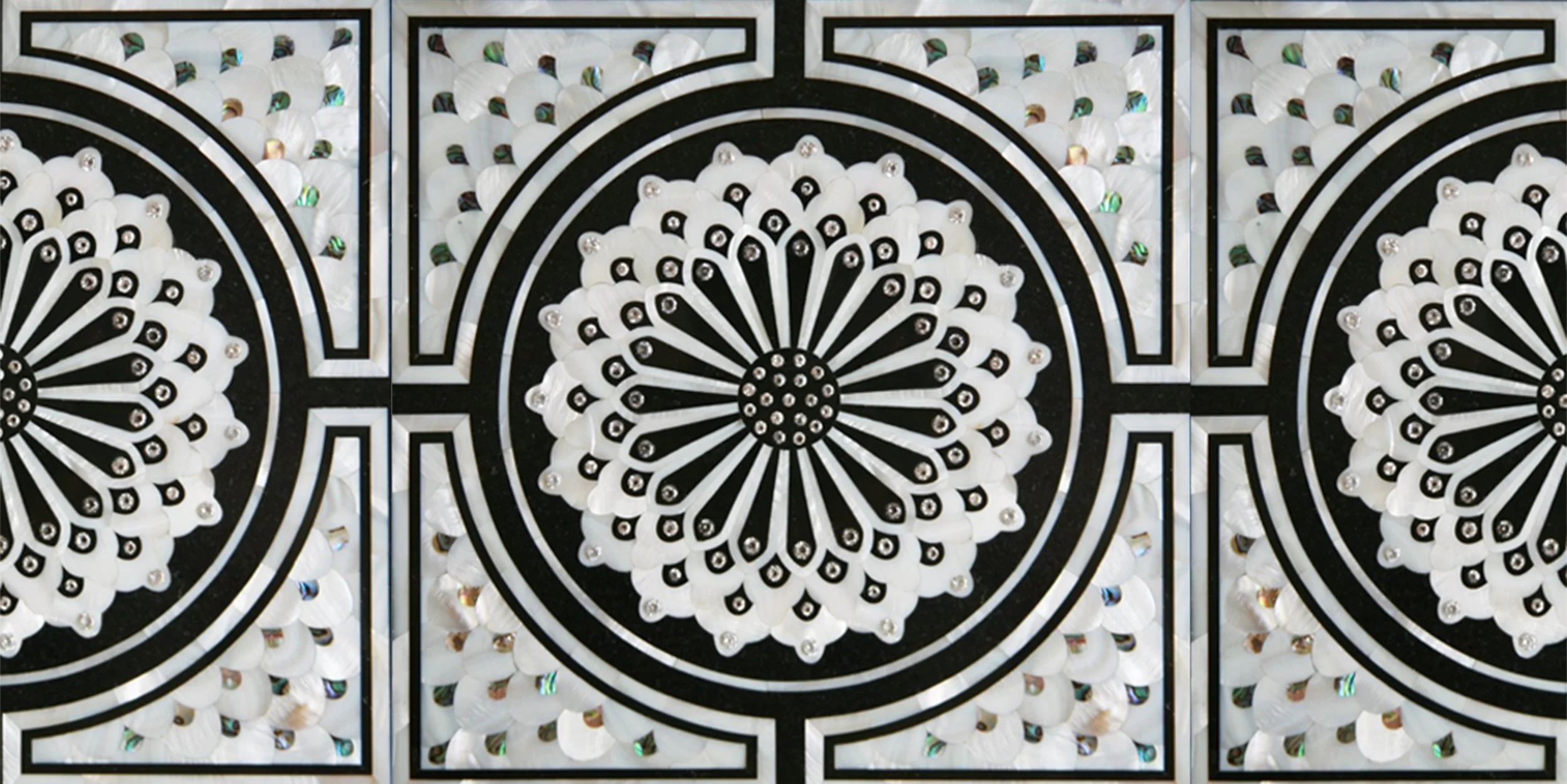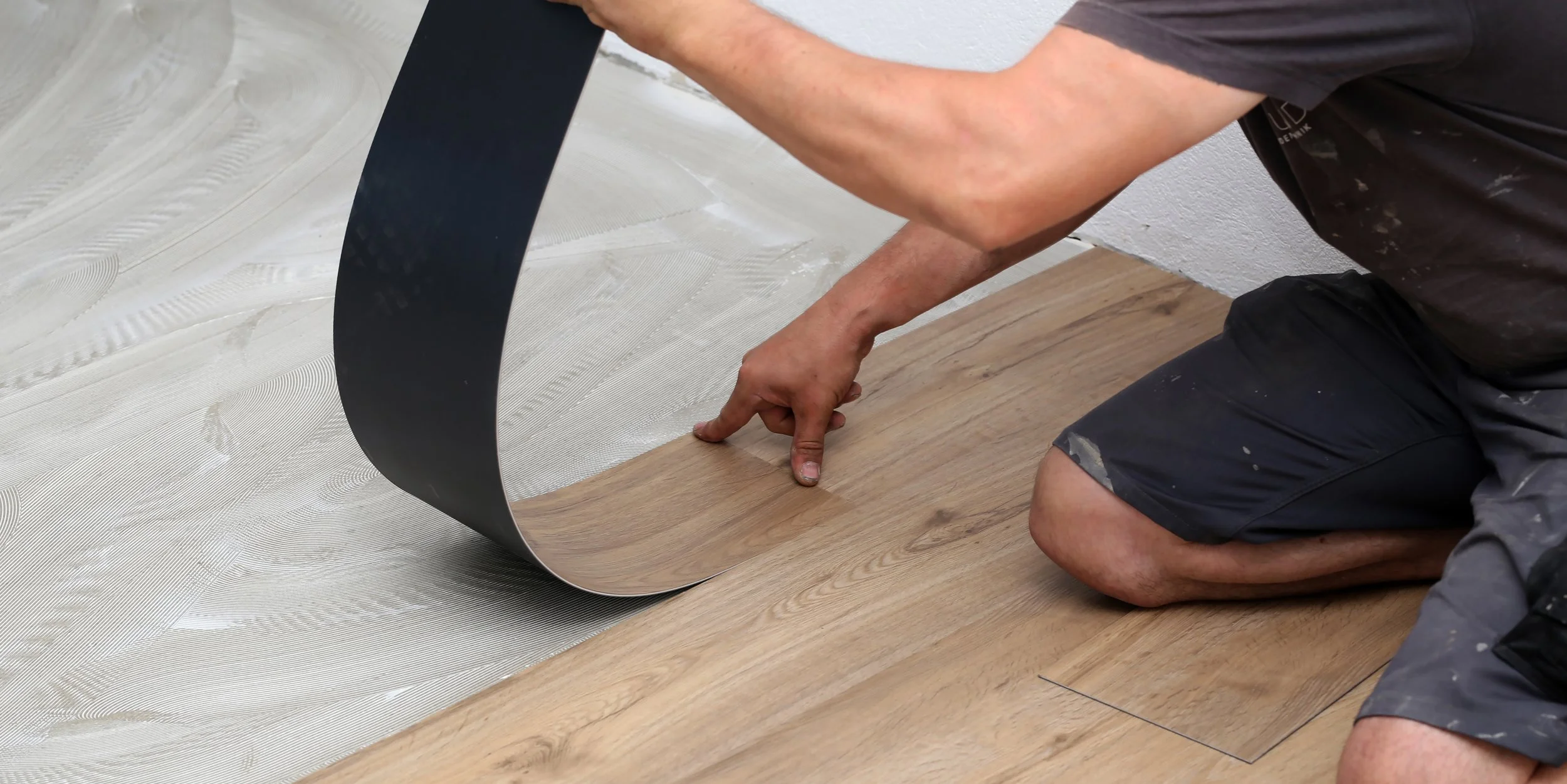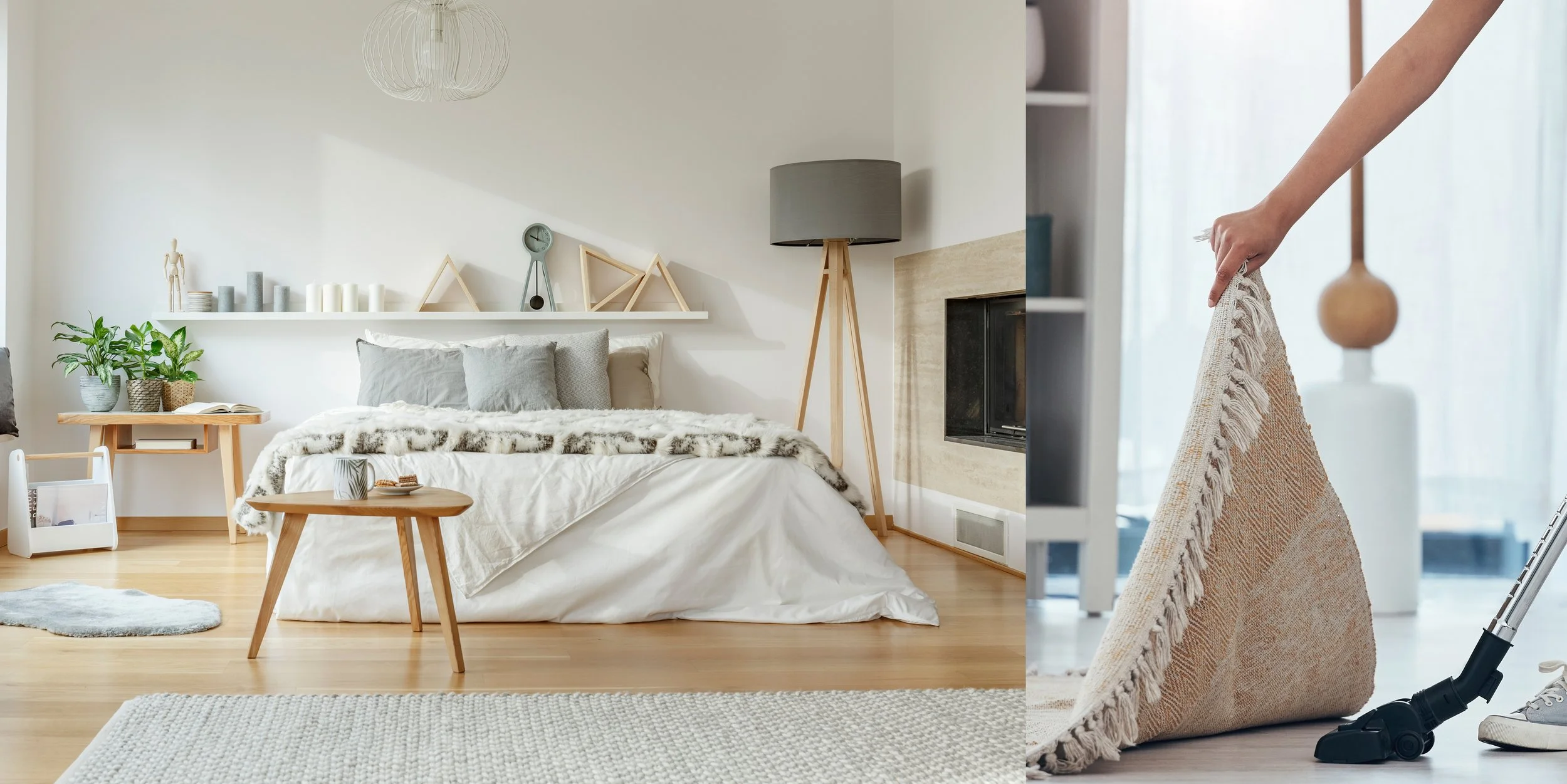Are your floors starting to look a little rundown after all of these years? Is it finally time to install a fresh new look? Don’t tiptoe around the issue! Floor installation is a wonderful way to renew your living space, but it’s also a big project that requires careful planning and execution. We’ve compiled the basics so you can get in on the ground floor now and make an informed decision when the time comes.
Tips for a Successful Flooring Installation:
Pro Tip: Inspect Before You Start
Save time and money before committing to new floors by having your home inspected by a professional. If there are cracks or issues in your foundation, your new floor will be damaged before its time. If you need professional guidance, give our team a call at 303-978-0602 or via email using this form: https://renewthehome.com/contactus.
Set Goals
Whether your scope involves floors, a full remodel, or everything in between, the first question our team will ask before starting a project is, “What are your long-term goals?”
It is crucial to know your goals before breaking ground (see what we did there?) Consider factors like…
How long do you plan to live in the house?
Planning to resell or rent in the future?
How important is ROI?
Your answers will drive the many flooring choices.
Consider the following to help you narrow down your choices:
Your personal style
Whether you have kids or pets
Whether the flooring will be installed in a high-moisture area
How much regular maintenance and the degree of maintenance over time
Keep reading for more!
Budget
Something we’re known for by our clients is helping them create and stick to a budget. We’re not here to spend your money! We’re here to give you the pros and cons so you can make an informed decision that's right for you and your home.
Want to know what the most expensive flooring in the world is, just for fun?
Luxtouch Tiles (Pictured) – handcrafted black marble tiles are encrusted with diamonds, abalone shell, mother-of-pearl, and black onyx, for a mere $1,000,000 per square foot. Any takers?
With a budget like that, you might as well plan a full home remodel in 2023. Take a look at this blog for trends you’ll want to steal!
Flooring comes in all shapes, sizes, and costs. Review the most common flooring types below to decide what’s best for you.
Materials
Any reputable contractor should be able to tell you about the different types of flooring you can install. Each type has a different price point, lifespan, aesthetic, vibe, and other advantages. Familiarize yourself, then base your choice on your home’s style, your budget, and your personal preference.
Hardwood Flooring
Let’s start with a classic. Hardwood has been one of the most popular flooring options around for decades, thanks to its stunning look and timeless quality. This material is the greatest choice for ROI and also one of the most expensive.
If you and your family plan to remain in your home for decades, this is the way to go. Well-cared-for hardwood floors are durable and elegant looking. Unlike, say, area rugs, flooring is not a throwaway part of your house. New hardwood floors are considered part of your home and will increase the value of your property.
Because it offers a wide range of styles, hardwood works in a wide range of houses and is one of the most popular choices out there. They are versatile for styling and easy to keep clean. However, unlike other options, this type of flooring is prone to scratches, dents, and water damage, especially if you have dogs, and may have to be refinished as often as every three to five years.
Luxury Vinyl Planking (LVP)
(Shown in Loose Lay option.)
These aren’t your father’s vinyl floors from the 70s. If you desire the look of hardwood for a more affordable price, consider the low-priced durable option of Luxury Vinyl Planks (“LVP”). LVP is typically made from a combination of plastic or acrylic designed to give off the appearance of more expensive flooring options like hardwood.
Planks come in two options: Click or Loose Lay. Click has tongue & groove built into the planks, and therefore, “clicks” together, creating a tight seam between planks making it water resistant. Loose lay (like the photo above) is ideal when the subfloor has variations, like a basement concrete floor, and the planks can bend over the subfloor’s imperfections. Although loose lay doesn’t have the tight seam as does click planks, one can easily pull up a loose lay plank and relay it in the event water drips in between the seam.
LVP’s durability and water resistance make it a great choice for rooms in your house that get the most foot traffic, like the kitchen, bathroom, and entryways. It’s also a great low-maintenance option if you have dogs whose claws can easily scratch hardwood floors. It can last upwards of 10-20 years if properly installed and maintained and looks just like hardwood from a distance. This is the flooring material the Maverick team uses in our own homes!
Laminate Flooring
Another option to consider is laminate flooring, which provides an upscale look for a fraction of the price of hardwood. Laminate flooring is durable, waterproof, and available in many styles. You can find durable alternatives that give the appearance of stone, wood, or tile.
Which is better? LVP or laminate floors?
While costs are similar, the value of Luxury Vinyl Planking far exceeds that of laminate based on quality and value. (Not that we’re biased because it’s in our home!) LVP is more durable and stable, more resistant to moisture and climate, and easy to install and maintain. Laminate is restricted to lighter traffic and lower moisture areas of the home. Also, LVP is quieter than laminate flooring, which those below you would appreciate!
Tile Flooring
Tile floors have long been used for bathrooms and kitchens due to their water resistance and incredible versatility. They are also incredibly easy to clean and quite durable, two things that matter greatly when it comes to your flooring. No wonder so many buildings we flock to see in Europe are designed with tile. They stand the test of time!
While tile provides a mostly solid surface, it does require maintenance, particularly its grout. Some types of ceramic tile and all-natural stone tile require regular sealing and/or other maintenance treatments to keep them looking their best and to avoid cracking. Our favorite is porcelain tile for its durability, ease of maintenance, and endless options to achieve your desired look!
Carpeting
Soft floor covering is warm, cozy, and slip resistant. They’re fun to roll around on with kids and pets or for snuggling up during movie night.
When speaking to flooring installation, there is an important distinction to make between carpets and rugs. Technically, “Carpets” are floor coverings that are installed wall to wall semi-permanently, whereas “Rugs” or “Area Rugs” are movable.
Gone are the days when every home had wall-to-wall carpeting in the majority of rooms, but the option still remains if you’re looking for a softer surface. Should you go that route, it’s important to note that the majority of carpet warranties are nullified if you do not schedule professional cleaning on a regular basis, a factor that could sway you in a different direction. Additionally, don’t skimp on the pad that is placed beneath the carpeting. Be sure to select at least an 8-pound pad. This will ensure the life and longevity of your carpeting investment.
Area Rugs
The Maverick team recommends area rugs for several reasons:
Despite how often they are cleaned and vacuumed, carpets are difficult to fully clean and prone to retaining dust and dirt. Placing area rugs or runners in high-traffic areas, like home entrances, can keep your carpet cleaner longer.
Hard surfaces are much easier to sanitize, which is a huge advantage, especially for those with allergies. But an area rug can soften up your hard surface floors and add accent colors while being removable and easier to clean. Many companies now offer machine-washable options (like Ruggable, for example!)
Choosing your flooring material is just the beginning! Once you’ve done that, you’ll want to explore and narrow down the details like board widths, colors, textures, hardness, finish, etc.
If you’re ready to plan your successful floor overhaul, get in touch with our team. We’ll discuss your long-term goals, personally help pick products that suit your needs, and guide you through the entire process.
Contact us to schedule a consultation. We look forward to helping you!








